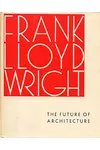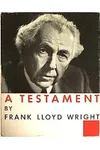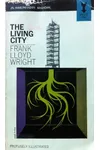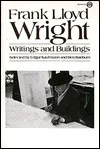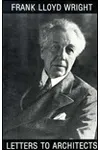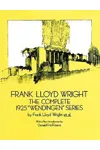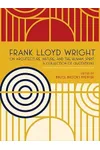Picture an architect who dreamed of buildings that danced with nature—meet Frank Lloyd Wright! This American visionary redefined 20th-century design with his organic architecture, blending homes and landscapes into seamless harmony. From his iconic Prairie-Style houses to his influential writings, Wright’s creations continue to captivate and inspire.
Born in 1867 in Wisconsin, Wright’s passion for architecture sparked early, fueled by a childhood surrounded by rolling landscapes and a mother who nurtured his creativity. His revolutionary ideas would soon transform how we live in spaces, making him a household name in design history.
The Making of Frank Lloyd Wright
Frank Lloyd Wright grew up in a rural Wisconsin setting, where the natural world shaped his aesthetic. His mother, a teacher, introduced him to Froebel’s geometric blocks, sparking his love for form and structure. After studying engineering at the University of Wisconsin, Wright moved to Chicago in 1887, apprenticing under Louis Sullivan, the “father of skyscrapers.” This mentorship honed his skills, but Wright’s rebellious spirit pushed him to forge his own path, launching his independent practice by 1893.
Frank Lloyd Wright’s Architectural Masterpieces
Wright’s portfolio brims with innovation, but his Prairie-Style homes stand out for their low profiles, open interiors, and harmony with their surroundings. Fallingwater (1935), a Pennsylvania residence built over a waterfall, is a breathtaking example of organic architecture, blending structure with nature’s rhythms. The Robie House (1910) in Chicago showcases his signature horizontal lines and fluid spaces, embodying the Prairie aesthetic.
His Guggenheim Museum (1959) in New York, with its spiraling form, redefined museum design, inviting visitors to experience art in a dynamic flow. Wright also penned influential works like The Future of Architecture (1953), where he shared his philosophy of designing spaces that uplift the human spirit. His style—marked by simplicity, natural materials, and site-specific designs—set a new standard for architecture.
Despite personal scandals, including a tumultuous love life and financial struggles, Wright’s output remained prolific, with over 1,000 designs, half of which were built. His ability to reinvent spaces while staying true to his vision made him a legend.
Why Frank Lloyd Wright Matters
Wright’s influence extends far beyond his buildings. His organic architecture philosophy inspired generations of architects to prioritize sustainability and harmony with nature. His emphasis on open, flexible interiors reshaped modern home design, making spaces feel both timeless and forward-thinking. Today, his works are UNESCO World Heritage Sites, celebrated for their cultural and artistic impact.
Wright’s writings and teachings also left a lasting mark, encouraging designers to see architecture as a tool for human connection. His legacy endures in the way we think about living spaces—functional yet beautiful, rooted in the environment.
About Frank Lloyd Wright
- Born: June 8, 1867, Richland Center, Wisconsin
- Key Works: Fallingwater, Robie House, Guggenheim Museum, The Future of Architecture
- Notable Award: AIA Gold Medal (1949)
- Died: April 9, 1959, Phoenix, Arizona
Ready to explore Wright’s genius? Visit Fallingwater or grab a copy of The Future of Architecture to dive into his visionary world!





